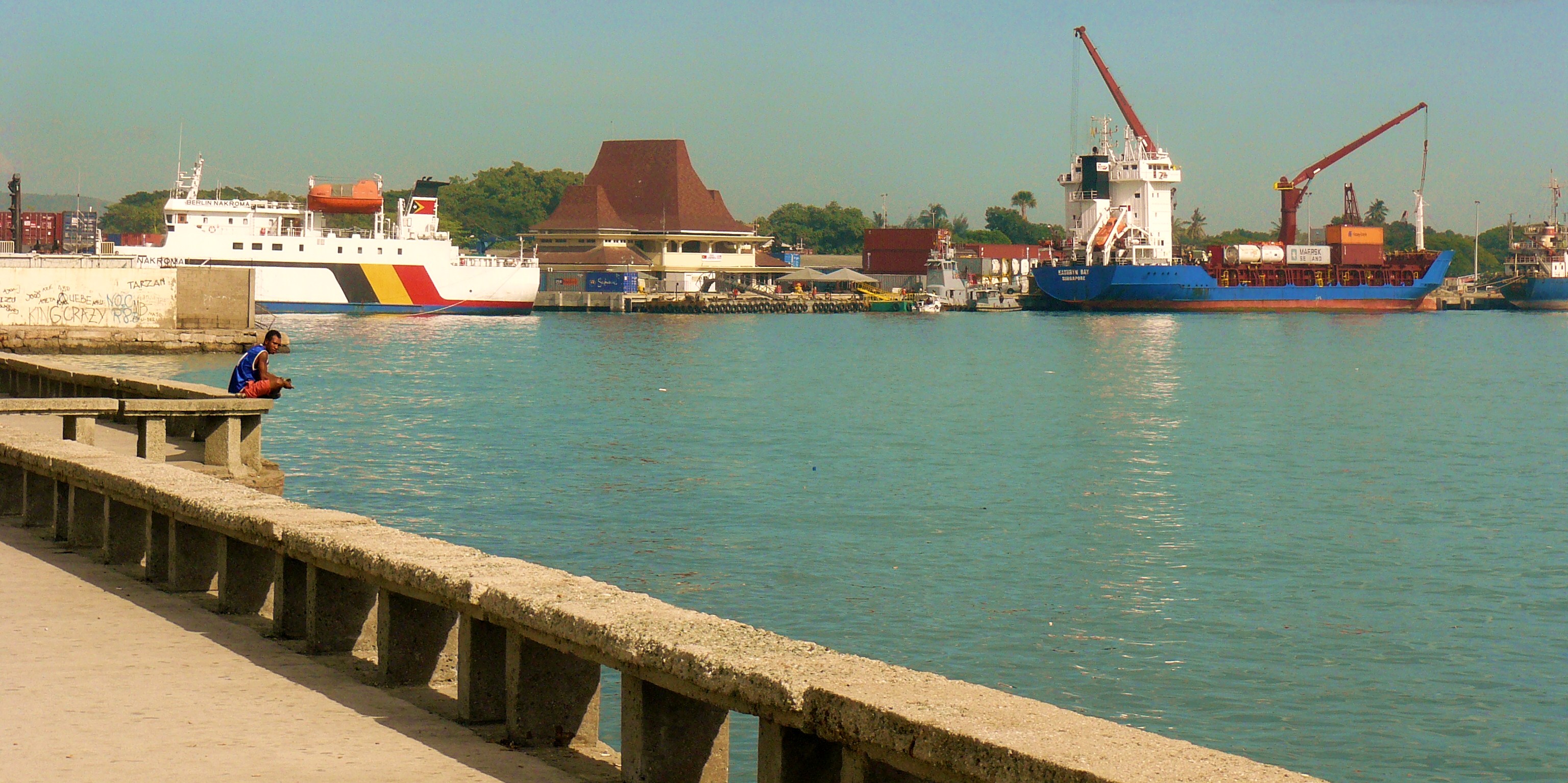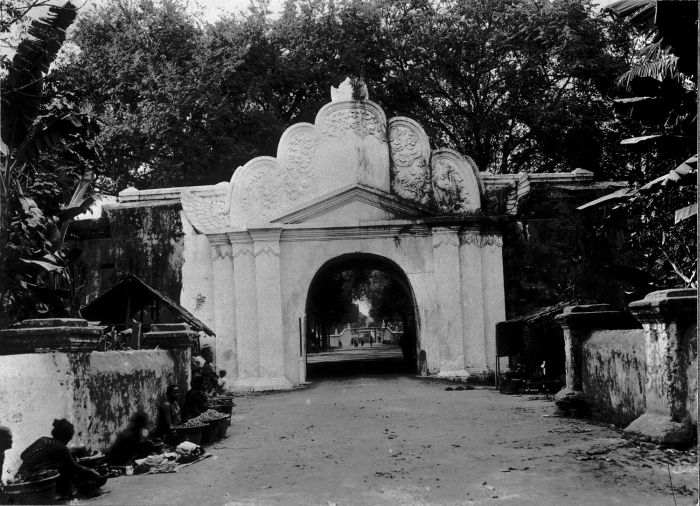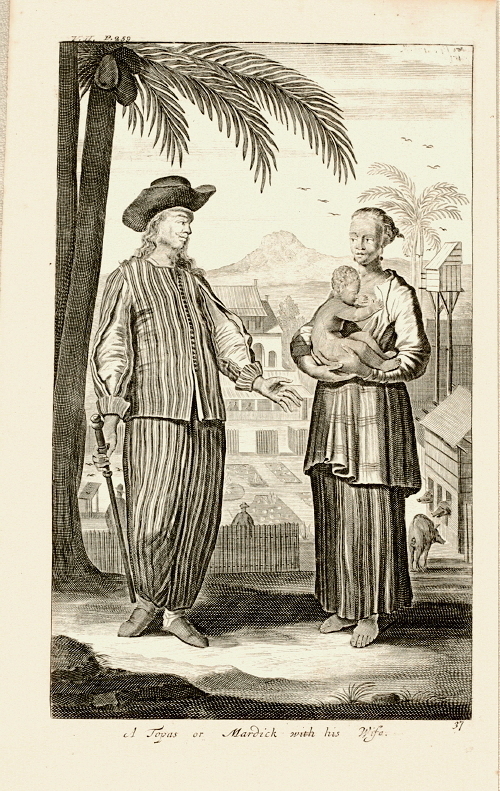|
Port Of Dili
The Port of Dili (, ) is a seaport in Dili, Timor-Leste. Prior to 30 September 2022, it was the main and only international port of entry to Timor-Leste. On that day, its container operations were transferred to the Tibar Bay Port. Since then, the Port of Dili's facilities have been open only to domestic passenger ships and cruise ships carrying international tourists. Geography The port is located in the neighbourhood of Farol, which is within the '' suco'' of . It is on the north side of central Dili, and at the southern extremity of the Bay of Dili, facing Ombai Strait. Small, open and natural, the port has a sandy seabed dotted with numerous reefs that cause available vessel draft to vary substantially. A natural reef along the port's perimeter gives protection from the severe weather that can occur during Timor-Leste's annual rainy or monsoon season. The approach to the port is a narrow passage through two detached reefs visible at low water and marked by beacons. Ni ... [...More Info...] [...Related Items...] OR: [Wikipedia] [Google] [Baidu] |
Timor-Leste
Timor-Leste, also known as East Timor, officially the Democratic Republic of Timor-Leste, is a country in Southeast Asia. It comprises the eastern half of the island of Timor, the coastal exclave of Oecusse in the island's northwest, and the outer islands of Atauro and Jaco. Timor-Leste shares a land border with Indonesia to the west, and Australia is the country's southern neighbour, across the Timor Sea. The country's size is . Dili, on the north coast of Timor, is its capital and largest city. Timor was settled over time by various Papuan and Austronesian peoples, which created a diverse mix of cultures and languages linked to both Southeast Asia and Melanesia. East Timor came under Portuguese influence in the sixteenth century, remaining a Portuguese colony until 1975. Internal conflict preceded a unilateral declaration of independence and an Indonesian invasion and annexation. The subsequent Indonesian occupation was characterised by extreme abuses of human ... [...More Info...] [...Related Items...] OR: [Wikipedia] [Google] [Baidu] |
Tide
Tides are the rise and fall of sea levels caused by the combined effects of the gravitational forces exerted by the Moon (and to a much lesser extent, the Sun) and are also caused by the Earth and Moon orbiting one another. Tide tables can be used for any given locale to find the predicted times and amplitude (or " tidal range"). The predictions are influenced by many factors including the alignment of the Sun and Moon, the phase and amplitude of the tide (pattern of tides in the deep ocean), the amphidromic systems of the oceans, and the shape of the coastline and near-shore bathymetry (see '' Timing''). They are however only predictions, the actual time and height of the tide is affected by wind and atmospheric pressure. Many shorelines experience semi-diurnal tides—two nearly equal high and low tides each day. Other locations have a diurnal tide—one high and low tide each day. A "mixed tide"—two uneven magnitude tides a day—is a third regular category. ... [...More Info...] [...Related Items...] OR: [Wikipedia] [Google] [Baidu] |
Luís I Of Portugal
Dom (title), ''Dom'' Luís I (; 31 October 1838 – 19 October 1889), known as "the Popular" (Portuguese language, Portuguese: ''o Popular'') was King of Portugal from 1861 to 1889. Luís was a member of the ruling House of Braganza. The second son of Maria II of Portugal, Queen Maria II and her consort, Ferdinand II of Portugal, King Ferdinand II, and born as the Duke of Porto, he acceded to the throne upon the death of his elder brother Pedro V of Portugal, King Pedro V. Infante of Portugal Prince Luís was born on 31 October 1838, at 11.30pm. Although his status as second son did not suggest that Luís would ascend to the Portuguese throne, his education was meticulous and largely shared with his older brother, the Royal Prince Pedro: he was tutored by the counsellor Carl Andreas Dietz, who had been his father Fernando's preceptor until April 1847, when Dietz was forced to leave Portugal on charges of meddling in national politics associated with his Protestantism, Protesta ... [...More Info...] [...Related Items...] OR: [Wikipedia] [Google] [Baidu] |
Dom (title)
The terms Don (in Spanish and Italian), Dom (in Portuguese), and Domn (in Romanian), are honorific prefixes derived from the Latin ''Dominus'', meaning "lord" or "owner". The honorific is commonly used in Spain, Portugal, and Italy, as well as in the Spanish-speaking world and Portuguese-speaking world, as well as some other places formerly colonized by Spain or Portugal. The feminine equivalents are (), (), (Romanian) and (). The term is derived from the Latin : a master of a household, a title with background from the Roman Republic in classical antiquity. With the abbreviated form having emerged as such in the Middle Ages, traditionally it is reserved for Catholic clergy and nobles, in addition to certain educational authorities and persons of high distinction. Spanish-speaking world In Spanish, although originally a title reserved for royalty, select nobles, and church hierarchs, it is now often used as a mark of esteem for an individual of personal, social o ... [...More Info...] [...Related Items...] OR: [Wikipedia] [Google] [Baidu] |
Fortress
A fortification (also called a fort, fortress, fastness, or stronghold) is a military construction designed for the defense of territories in warfare, and is used to establish rule in a region during peacetime. The term is derived from Latin ("strong") and ("to make"). From very early history to modern times, defensive walls have often been necessary for cities to survive in an ever-changing world of invasion and conquest. Some settlements in the Indus Valley Civilization were the first small cities to be fortified. In ancient Greece, large cyclopean stone walls fitted without mortar had been built in Mycenaean Greece, such as the ancient site of Mycenae. A Greek '' phrourion'' was a fortified collection of buildings used as a military garrison, and is the equivalent of the Roman castellum or fortress. These constructions mainly served the purpose of a watch tower, to guard certain roads, passes, and borders. Though smaller than a real fortress, they acted as ... [...More Info...] [...Related Items...] OR: [Wikipedia] [Google] [Baidu] |
Invasion Of The Spice Islands
An invasion is a military offensive of combatants of one geopolitical entity, usually in large numbers, entering territory controlled by another similar entity, often involving acts of aggression. Generally, invasions have objectives of conquering, liberating or reestablishing control or authority over a territory; forcing the partition of a country; altering the established government or gaining concessions from said government; or a combination thereof. An invasion can be the cause of a war, be a part of a larger strategy to end a war, or it can constitute an entire war in itself. Due to the large scale of the operations associated with invasions, they are usually strategic in planning and execution. History Archaeological evidence indicates that invasions have been frequent occurrences since prehistory. In antiquity, before radio communications and fast transportation, the only way for a military to ensure adequate reinforcements was to move armies as one massive fo ... [...More Info...] [...Related Items...] OR: [Wikipedia] [Google] [Baidu] |
John Crawfurd
John Crawfurd (13 August 1783 – 11 May 1868) was a British physician, colonial administrator, diplomat and writer who served as the second and last resident of Singapore. Early life He was born on Islay, in Argyll, Scotland, the son of Samuel Crawfurd, a physician, and Margaret Campbell; and was educated at the school in Bowmore. He followed his father's footsteps in the study of medicine and completed his medical course at the University of Edinburgh in 1803, at the age of 20. Crawfurd joined the British East India Company, East India Company, as a Company surgeon, and was posted to India's Northwestern Provinces (now Uttar Pradesh), working in the area around Delhi and Agra from 1803 to 1808. He saw service in the campaigns of Gerard Lake, 1st Viscount Lake, Baron Lake. In the East Indies Crawfurd was sent in 1808 to Penang, where he applied himself to the study of the Malay language and culture. In Penang, he met Stamford Raffles for the first time. In 1811, Crawfurd ... [...More Info...] [...Related Items...] OR: [Wikipedia] [Google] [Baidu] |
Lifau
Lifau is a village and suco in the East Timor exclave of Oecusse District. The village is located west of the mouth of the Tono River. 1,938 people live in the suco. History Lifau was the first European settlement on the island of Timor. Dominican brothers carried on missionary work on the north coast of Timor after 1556. In 1641 they arrived at Lifau and baptized the royal family of Ambeno. A permanent Portuguese settlement arose in the 1650s, as many Portuguese moved from their old colonial seat Larantuka on Flores to Timor in response to the Dutch colonial settlement in Kupang in westernmost Timor (1653). Lifau remained the centre for Portuguese colonial activities for more than a century, and was headed by a governor after 1702. In 1769 the colonial capital was moved to Dili due to military aggression from the Eurasian Topasses who opposed the politics of the governor. After this date the place lost its significance, since the Topasses preferred to keep their residen ... [...More Info...] [...Related Items...] OR: [Wikipedia] [Google] [Baidu] |
Topasses
Topasses (Tupasses, Topas, Topaz) were a group of people led by the two powerful families – Da Costa and Hornay – that resided in Oecussi and Flores. The Da Costa families were descendants of Portuguese Jewish merchants and Hornay were Dutch. The origins The etymology of the name is obscure. It might come from the Tamil term ''tuppasi'', "bilingual" or "interpreter". But it has also been associated with the Hindi word ''topi'' (hat) which refers to the characteristic hat worn by the men of this community as a marker of their cultural attachment to the European community. Hence, they are also referred to as ''gente de chapeo'' in Portuguese accounts or as ''gens à chapeau'' in French accounts. It partly overlapped with the Dutch concept mardijker, "free men", who also usually had a Portuguese cultural background, but had no European ancestry. While the mardijkers served under the Dutch colonial authorities, the topasses of Timor were staunchly opposed to the Dutch and u ... [...More Info...] [...Related Items...] OR: [Wikipedia] [Google] [Baidu] |
António José Teles De Meneses
António José Teles de Meneses was a Portuguese colonial administrator who was successively the governor of Macau and governor of Portuguese Timor while these territories were part of the Portuguese State of India. He was the 42nd governor of Macau, having served between 1747 and 1749. He was governor of Timor between 1768 and 1776, having been preceded by Dionísio Gonçalves Rebelo Galvão and succeeded by Caetano de Lemos Telo de Meneses. According to Carlos Filipe Ximenes Belo, the "Governor of Timor, António José Teles de Meneses, seeing the impossibility of defending Lifau by sea and land, took the historic decision to destroy the stronghold on August 11, 1769 and to move to the province of Belos. After some hesitation, he sailed to the bay of Dilly, and there founded the new capital of Timor and Solor, on the 10th of October, 1769".D. Carlos Filipe Ximenes Belo (2013), ''História da Igreja em Timor-Leste: 450 Anos de Evangelização, 1562-1940'', 1.º volume, Porto, F ... [...More Info...] [...Related Items...] OR: [Wikipedia] [Google] [Baidu] |
Ermera Administrative Post
Ermera, officially Ermera Administrative Post (, ), is an administrative post in Ermera municipality, East Timor. Its seat or administrative centre An administrative centre is a seat of regional administration or local government, or a county town, or the place where the central administration of a commune, is located. In countries with French as the administrative language, such as Belgi ... is . References External links * – information page on Ministry of State Administration site Administrative posts of Timor-Leste Ermera Municipality {{EastTimor-geo-stub ... [...More Info...] [...Related Items...] OR: [Wikipedia] [Google] [Baidu] |
Cailaco Administrative Post
Cailaco, officially Cailaco Administrative Post (, ), is an administrative post (and was formerly a subdistrict) in Bobonaro municipality, East Timor. Its seat or administrative centre An administrative centre is a seat of regional administration or local government, or a county town, or the place where the central administration of a commune, is located. In countries with French as the administrative language, such as Belgi ... is in ''Suco'' , and its population at the 2004 census was 8,374. References External links * – information page on Ministry of State Administration site Administrative posts of Timor-Leste Bobonaro Municipality {{EastTimor-geo-stub ... [...More Info...] [...Related Items...] OR: [Wikipedia] [Google] [Baidu] |





